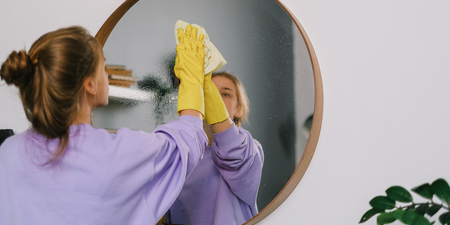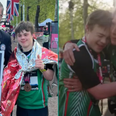Your child’s sleep is a work in progress.
It requires upkeep and maintenance and refining as they transition through the various stages of childhood. It is not unusual for me to hear from a parent that their dream sleeper has turned into a
awful sleeper.
My first question will be ‘What has changed?’, and although the parent may report that nothing has, that will rarely be the case. So I have prepared a list of seven remedies to apply if this should happen to you.
There are many possible reasons, but the most common culprits are:
- Recent sickness or bout of teething
- A holiday
- Nap transitions
- Developmental milestone
- Bedtime that has become too late
- Dropping the dummy
The problems can be initiated by any one of or a combination of these events and, of course, others that I haven’t listed, each of which contributes to a cycle of overtiredness and fuels the sleep issues, until sleeping through the night becomes a distant memory.
I often describe this scenario as the elements of a perfect storm. But what can you do to get back on track?
Here are a few things to try:
1. Change what you do. Forget about what you used to do and have a new plan of action to remedy the situation. The greatest solve-all solution to a large percentage of sleep issues is to bring bedtime forward. When a child is not sleeping, maintaining your original time for sleep adds to the problem.
To undo the overtired cycle, significantly adjust the time you start your bedtime routine. Consider your child’s mood and behaviour in the early evening. Many parents observe that their child’s mood can change between 5 pm and 6 pm with irritable or even hyper behaviour – even if the child has
napped well. This is where going to bed early can help.
Aim for your child to be asleep by 7 pm – even earlier if they are visibly tired. This is not necessarily a long-term solution, but it can certainly be implemented to correct the current issues. Once they are resolved, bedtime can become later again.
Further, don’t worry that an early bedtime will encourage an early wake time. To start with, we want to ensure that consolidated, uninterrupted sleep returns to your family unit; sleeping later in the morning can come with time. Also, the early bedtime can often produce a late wake time anyway, so don’t let that stop you from implementing the advice.
2. Start the day. Make sure you wake your child in the morning no later than 7–7.30 a.m. Even if they have had very disturbed sleep, allowing them to sleep later will make the problem worse and dig your sleep deprivation hole even deeper. Consider this a corrective phase. Once the problems are fixed
you can go back to what you were doing before, but to help change come, you need to change what you do.
3. Re-establish the daytime sleep. Sleep issues feed each other. If your child is under five and not sleeping well at night, consider reintroducing the nap in an effort to help them become better rested. Most children up to the age of three will still biologically require a day sleep, so help it happen.
After 18 months a lot of children need just one nap, and the ideal time for that to happen is from 12 noon onwards. If they are resistant to napping in the cot or bed, just help the nap happen in any way possible – car, buggy, couch.
If a nap is not achievable, encourage quiet time instead. Make sure that quiet time does not include television but rather reading or listening to audio books.
4. Add extra time to your bedtime routine. Your child may feel that they are not seeing enough of you, or at least getting enough of your undivided time. Bedtime is the perfect time for families to indulge in one-to-one time. Make it work for you where sleep is concerned – be in the bedroom, with the lights low. Make sure that it is non-stimulating and calm. Spend more time than usual in order to correct the issues.
5. Limit the use of electronic media and television. Obviously in the last hour before bedtime, but also through the course of the day. As parents, we can often rely more heavily on gadgets than we would like and routinely their use derails sleep – cutting short the amount of deep, restoring sleep
children have and alerting the waking part of the brain when we want it to slow down. It can be challenging to alter our use of devices, but a challenge that can really pay off.
6. Get more active. Spend more time outside, specifically in the morning and after the midday sleep. This can help to regulate sleeping patterns and ensure that children are burning off their excess energy. On its own this strategy may be ineffective, but along with the aforementioned changes it will have positive implications for sleep.
7. Be consistent in how you manage your child’s sleep disturbances. Routinely, sleep problems are further exacerbated by how we as parents respond. Try not to operate a ‘sometimes’ method for sleep, chopping and changing how you respond to your child. Pick an approach and stick with it; go back to the start of the stay‑and‑support strategy if it would help, and work through the stages again. This way you avoid giving them mixed messages and in turn ingraining unwanted activity.
Sweet dreams!
Lucy Wolfe is a renowned paediatric sleep consultant. Her new book The Baby Sleep Solution published by Gill Books is available in all good bookstores now, priced at €16.99.


















































